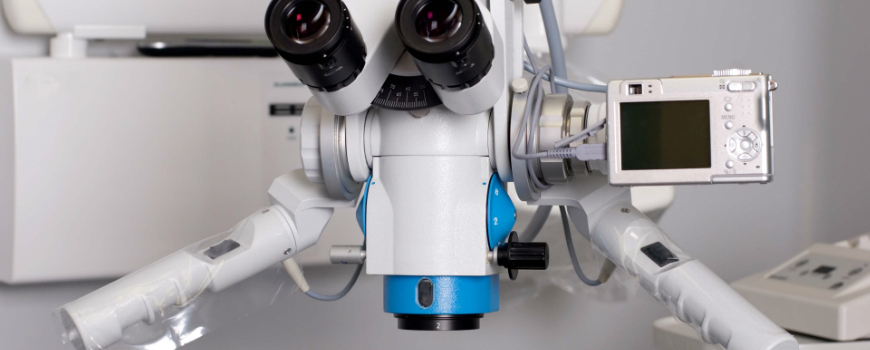Dentistry as a profession has been in the transition phase, both economically and technologically. The old ways of practice are no longer working and in order to meet the patient expectations, clinics require more than running an efficient office. Today, patients are more informed about the dental health than ever and they even know the best technologies to address their problems. From the patient side, a dental care is incomplete without accuracy, communication and efficiency. Here are some trends that have been changing the landscape of dentistry in recent years.
- The adoption of intelligent devices
If you are visiting a clinic in, say Lyndhurst, expect to be greeted by smart devices and equipment that are self sufficient in diagnosing and reporting problems. Technologies like iOptima, Bien-Air iChiro Pro and SciScan Statim G4 have been making dental practice and care easier and more informed.
- Cloud based management
The information revolution is all pervasive. For clinics all across the globe, it’s getting harder and more complicated to manage appointments and check schedules. Cloud based practice management can be a great alternative to manual entry and appointment management. Many dental clinics in Lyndhurst are already shifting from traditional software to cloud based databases and automation. Further, cloud allows data to be accessed from anywhere and at any time. So, you are never away from your office desk.
- CAM/CAD Dentistry
The dental industry has responded in the same way to technology as any other industry. CAM and CAD technologies don’t aim to replace the skill of professionals but add on to the accuracy of practice. Further, they have proved to be an advantage in creating restorations and improved digital impressions of patients. Overall, these technologies improve results, increase accuracy and support better turnaround time.
- 3D virtual treatment planning
This is more related to cosmetic dental practices. Today, money has a way to buy smile. Technology has innovated to an extent where jaw lines can be altered and teeth can be better aligned to bring add beauty to your expressions. 3D virtual treatment even showcased results of treatment even before it has taken place. As such, it gives patients and option to customize their treatment.
- Better monitoring
Form the doctor point of view, technology had advanced to the extent when we can have a better understanding of problems that remained hided with traditional tools of diagnosis. LED lighting systems in surgical telescopes, Orascoptic Eye Zoom and other flexible camera are capable of capturing high resolution images of even the most difficult corners of the teeth row, making treatment more precise.
- Digitized dental records
Record keeping has always been an important part of the healthcare industry. Digitization has made database management less time consuming and paperless. Further, doctors and patients can have access to their dental logs right from the first visit they made as a child. The accurate, updated and highly comprehensive information goes a long way in ensuring that patients get the best line of treatment and post-op care.
The above trends suggest that the dental industry is headed towards a more regulated and digitally managed environment. While these trends will continue to build upon themselves, patients can expect better, safer and cost effective procedures.




